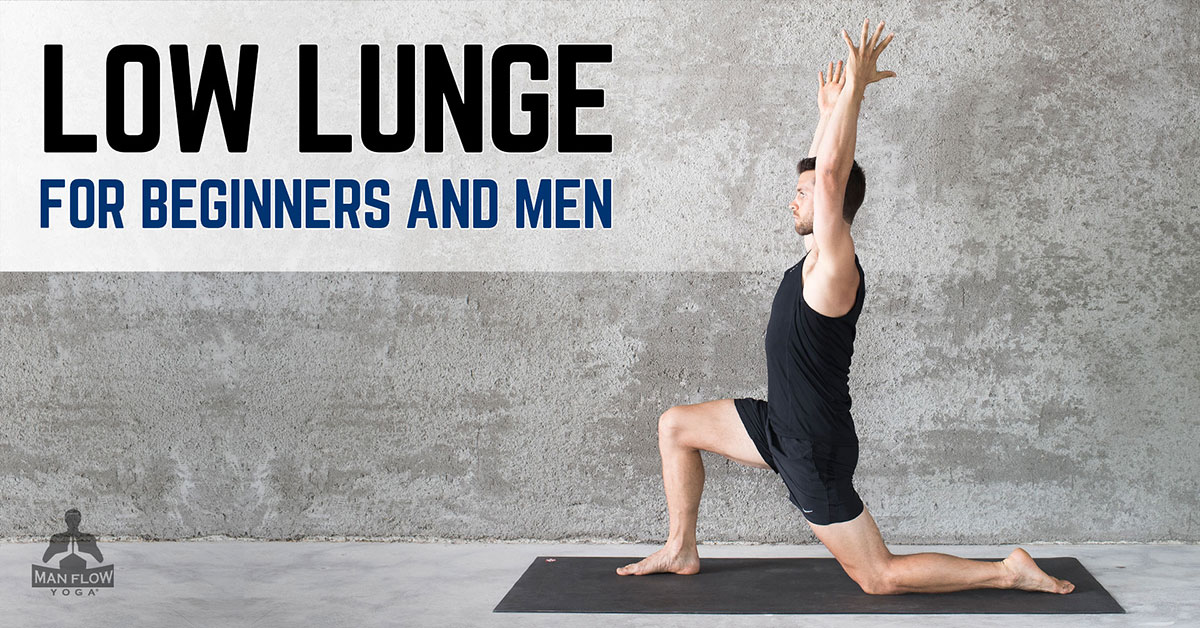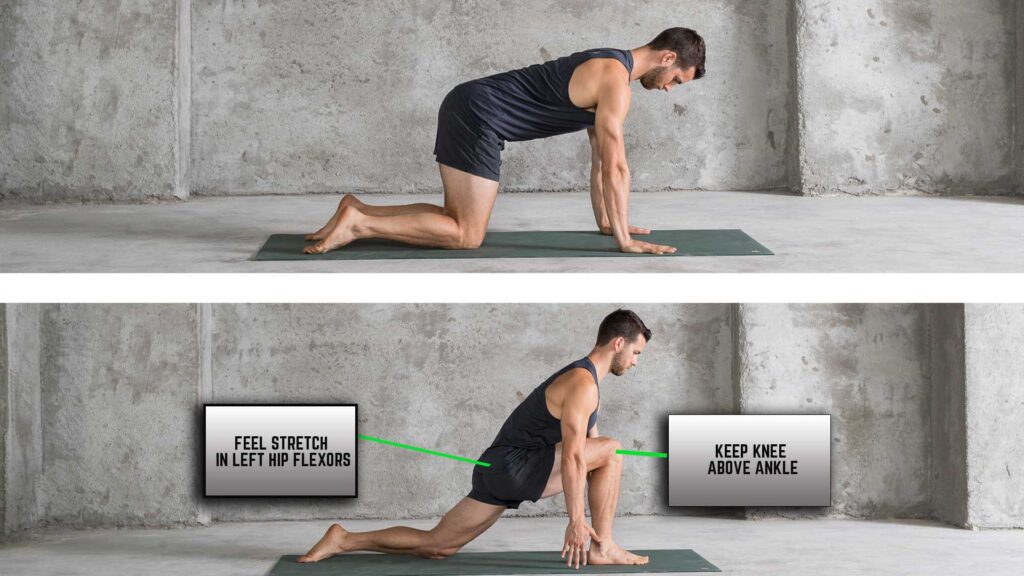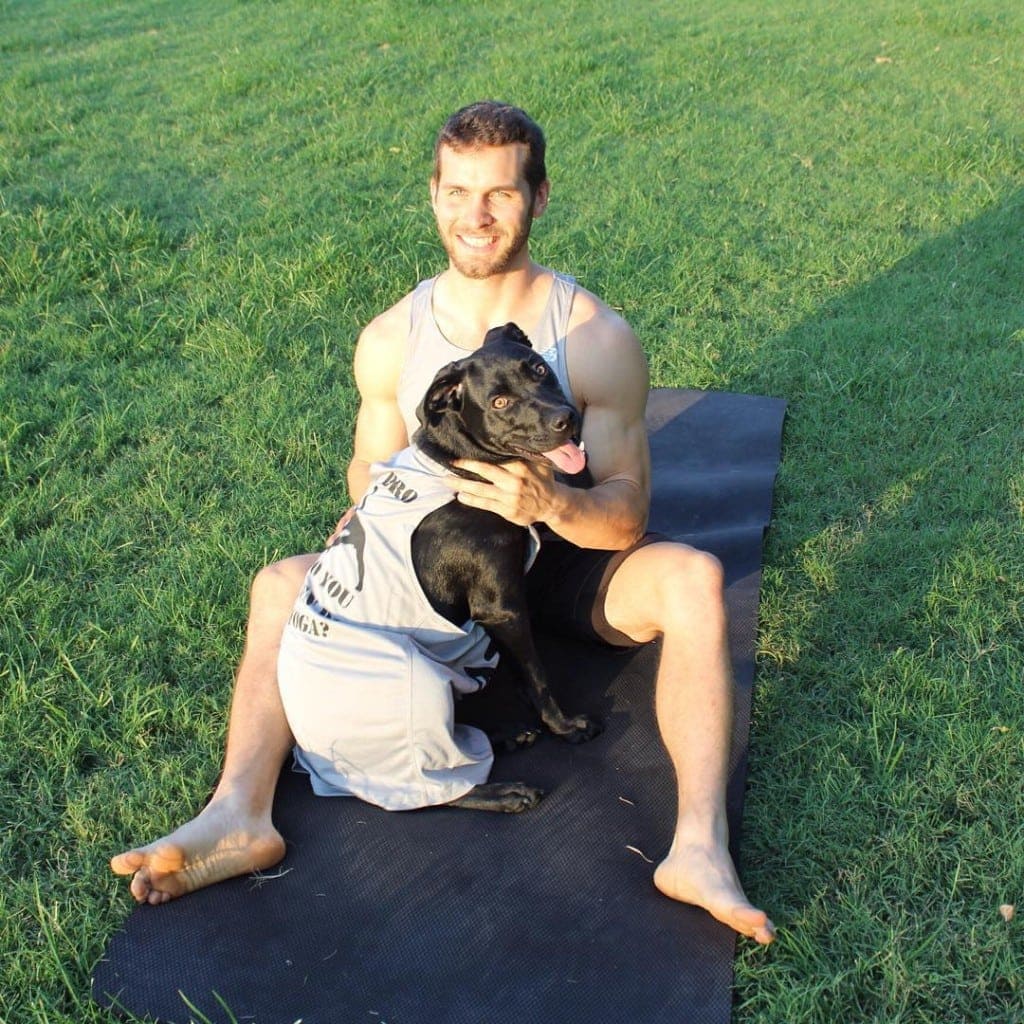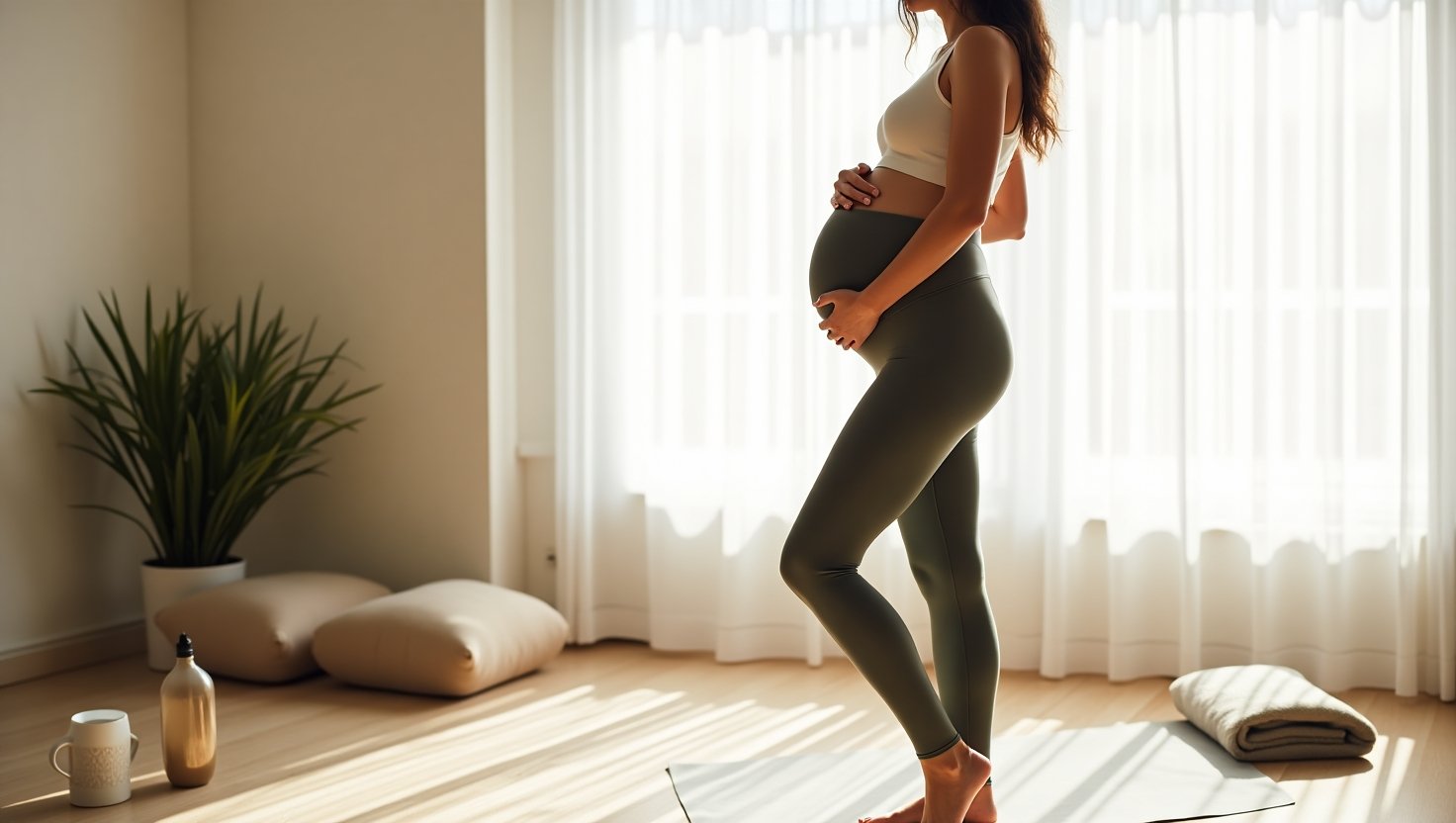Low Lunge for Beginners and Men | A Step-by-Step Tutorial
This posture is an essential pillar of a strong lower body. It strengthens your hips, glutes, thighs, and core, improves your hip mobility, and prevents injury in your knees, back, and hips. Low lunge is very important for people...

This posture is an essential pillar of a strong lower body. It strengthens your hips, glutes, thighs, and core, improves your hip mobility, and prevents injury in your knees, back, and hips. Low lunge is very important for people who sit often, as well as athletes interested in building power and preventing injury.
Low Lunge Target Areas
hipscoreLow Lunge Benefits
Improves hip mobility to reduce risk of injuryBuilds foundational hip strength and stability– click images to enlarge –
 Low Lunge – Step 1 & 2
Low Lunge – Step 1 & 2 Low Lunge – Step 2
Low Lunge – Step 2How to Do Low Lunge
Start on all fours with shoulders over wrists and hips over knees. (Toes can be tucked or untucked.) Position knees and ankles parallel to each other, hip-width apart.Step your right foot up between your hands, bending your right knee to 90 degrees with the knee above the ankle. Let hips sink slightly forward. Press down through the right foot to shift weight into your right hip.Tuck your back toes, engage both thighs, and lift your arms overhead, palms facing each other. Position torso directly over hips. Lightly squeeze inner thighs toward each other. Continue to press down through the right foot. Engage your core and draw ribs in to prevent chest from splaying open. Hold the posture, inhaling as you lift your ribs away from hips, and exhaling as you deepen the hip stretch. Repeat on the other side.Cues for Low Lunge
Feel stretch in left hip flexorsKeep knee above ankleKeep hips under torsoKeep weight in right heel and hipsLift ribs away from hips to lengthen coreRelax chin toward throat, and pull head backWHAT YOU SHOULD FEEL
Engagement of thighs, hips, and glutesStretch in shoulders and left hip flexors; move feet further apart if you don’t feel it in hipsWHAT YOU SHOULDN’T FEEL
Arched back; if you do, pull navel toward lower back and maintain neutral spineLow Lunge Pro Tip
To properly distribute your weight, lift your back knee a few inches off the floor, and notice how your weight shifts into the hip of the front leg. Lower your knee to the floor while maintaining that same level of engagement in the front hip.
Low Lunge Modification
If it is difficult to maintain balance, rest one hand on a wall or chair.
 Low Lunge Modification
Low Lunge ModificationAbout Dean Pohlman, Founder & CEO of Man Flow Yoga, Author of Yoga Fitness for Men, Expert on Yoga Fitness for Men.

Dean Pohlman is an E-RYT 200 certified yoga instructor and the founder of Man Flow Yoga. Dean is widely considered to be an authority on Yoga for Men. He has worked with physical therapists to create yoga programs for back health and spinal recovery. His workouts and programs have been used by professional and collegiate athletes, athletic trainers, and personal trainers; and have been recommended by physical therapists, doctors, chiropractors, and other medical professionals.
Dean is a successfully published author through DK Publishing (Yoga Fitness for Men), selling 35,000 copies worldwide in English, French, and German; in addition to being a co-producer of the Body by Yoga DVD Series, which has sold over 40,000 copies on Amazon since its release in 2016.
Man Flow Yoga has been featured in Muscle & Fitness Magazine, Mens’ Health, The Chicago Sun, New York Magazine, and many more major news media outlets.
FAQs
How long should a beginner do low lunge?
15 to 30 seconds is a good starting point, but as you build strength and gain confidence, you can increase to 30 seconds to 1 min. If you struggle to reach the 15 seconds, you modify the pose by using a wall to support you.
What is low lunge good for?
Low lunge is an essential pillar of a strong lower body. It strengthens your hips, glutes, thighs, and core, improves your hip mobility, and prevents injury in your knees, back, and hips.
Will low lunge hurt my knees?
If using proper technique while listening to your body, low lunge should not cause knee pain. If you’re a beginner start by holding the pose for 15-30 seconds and/or use a wall to help support you.

 AbJimroe
AbJimroe 
































